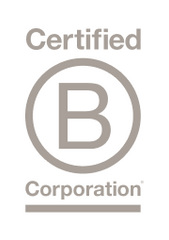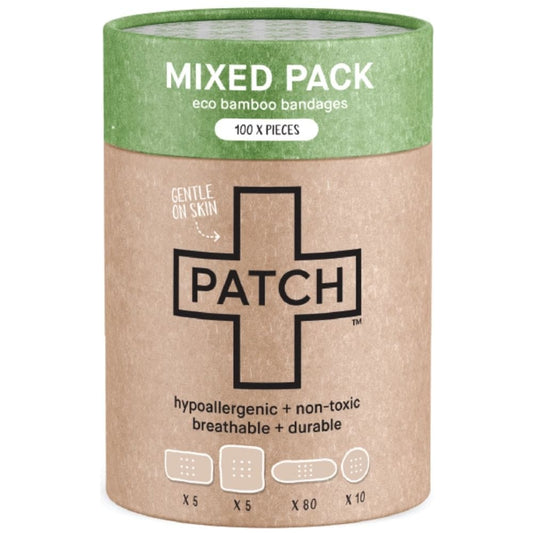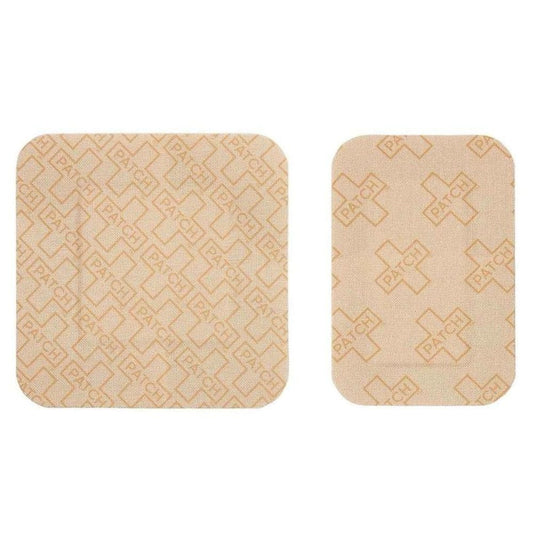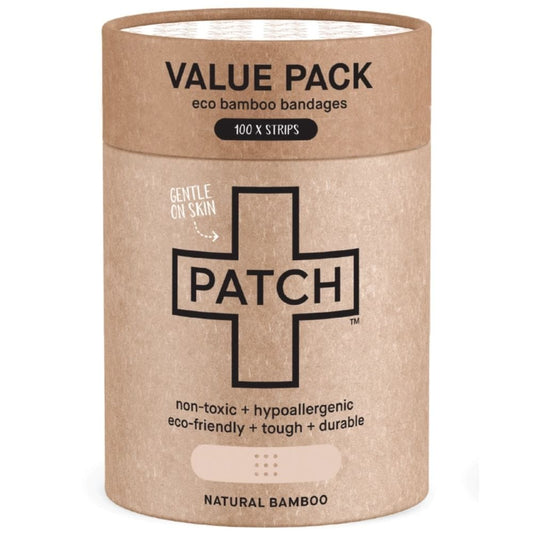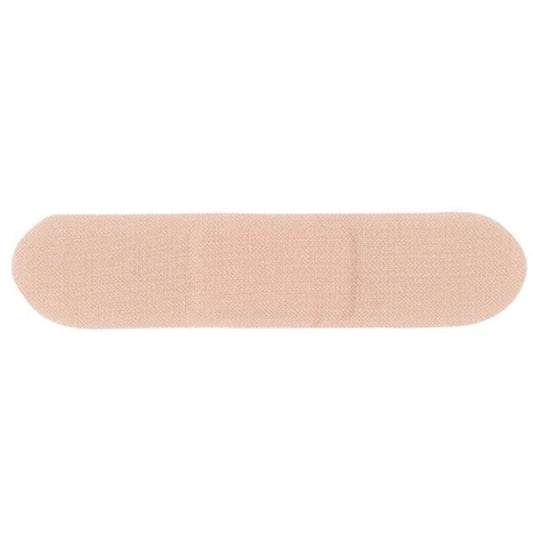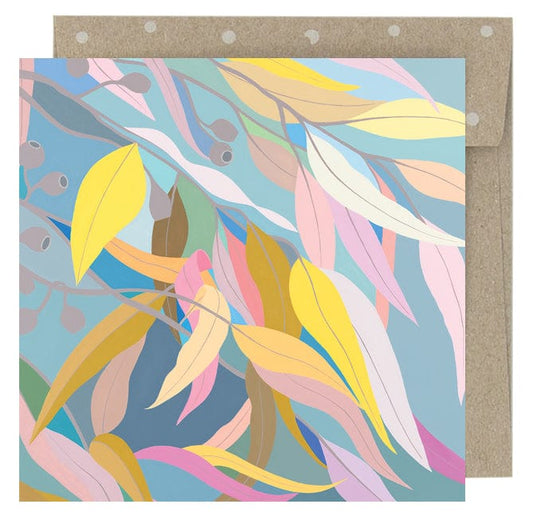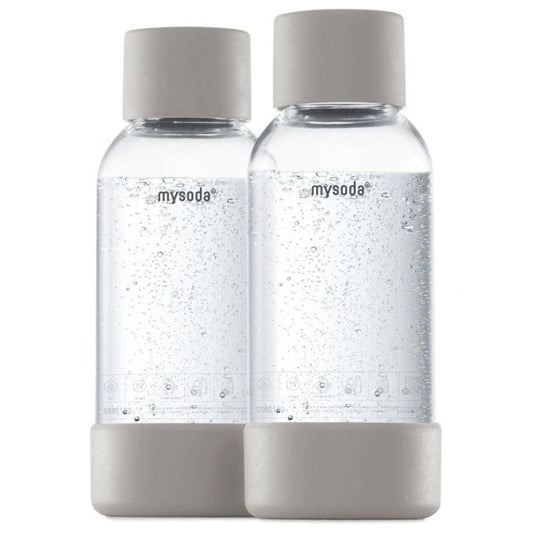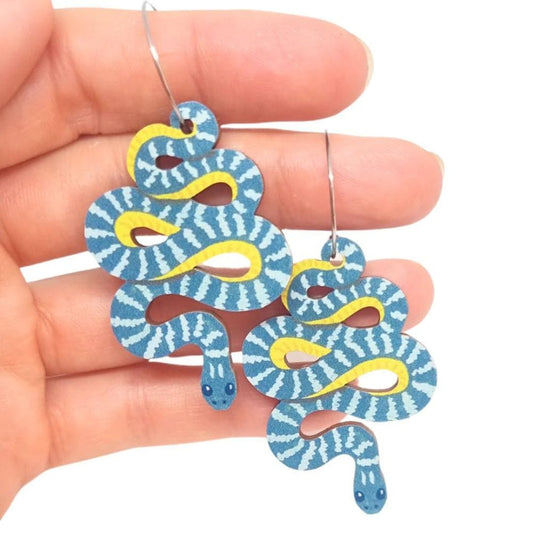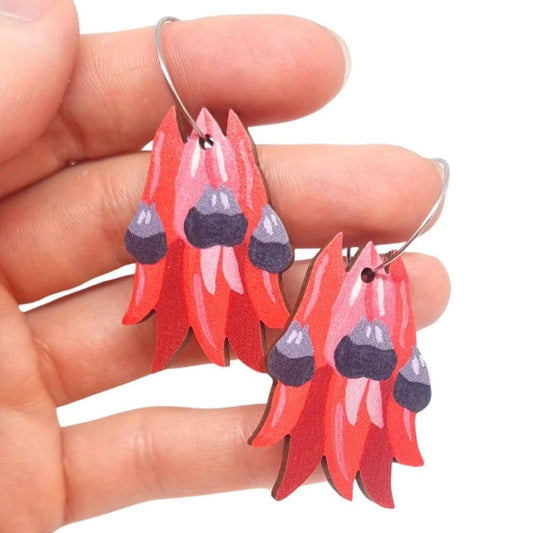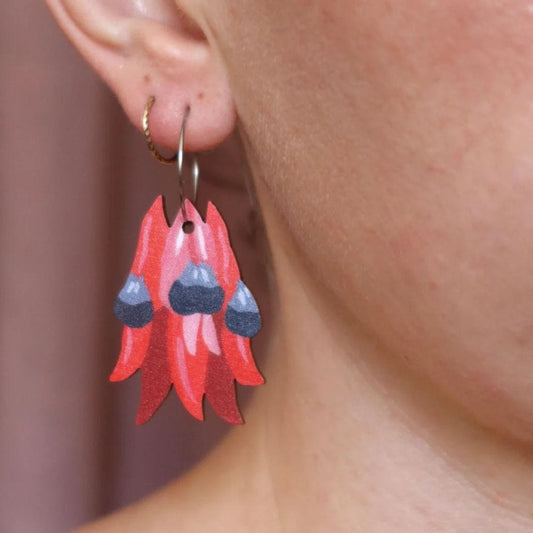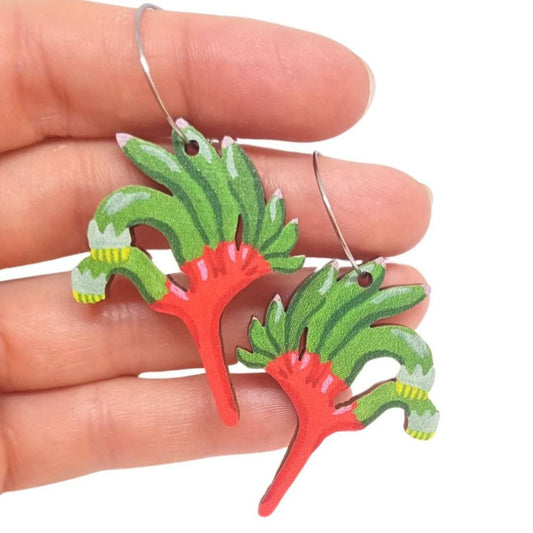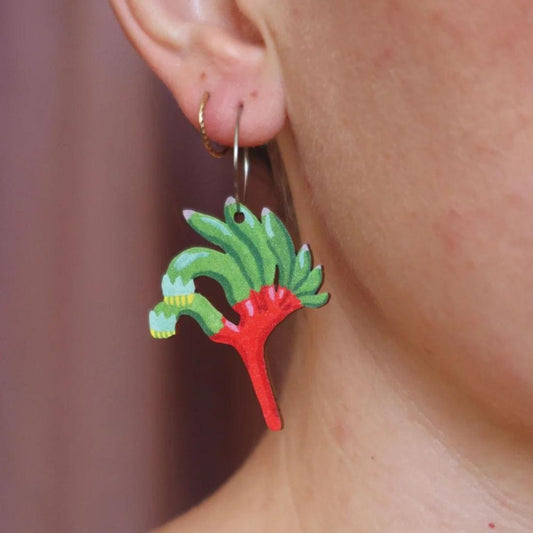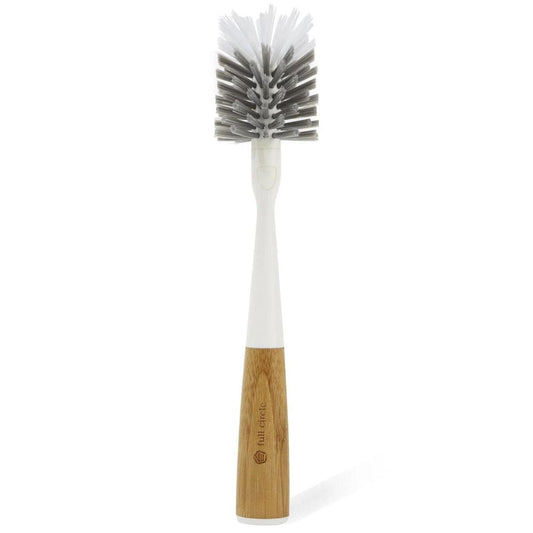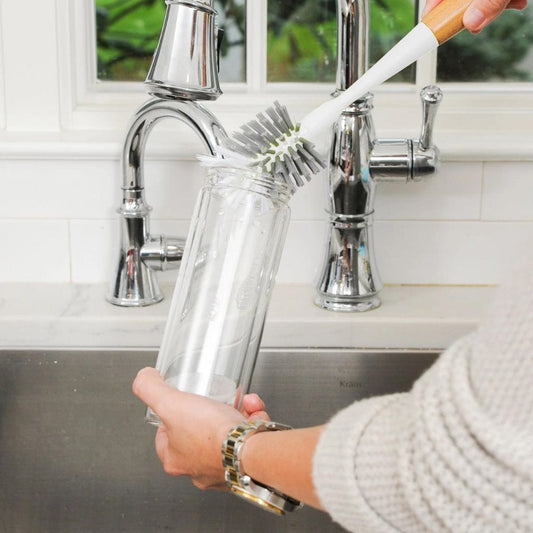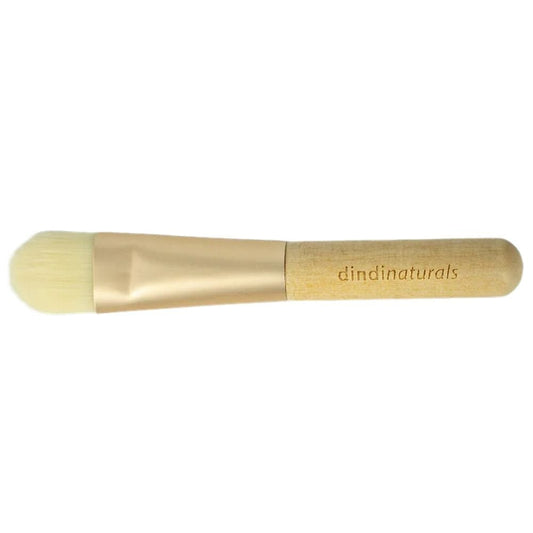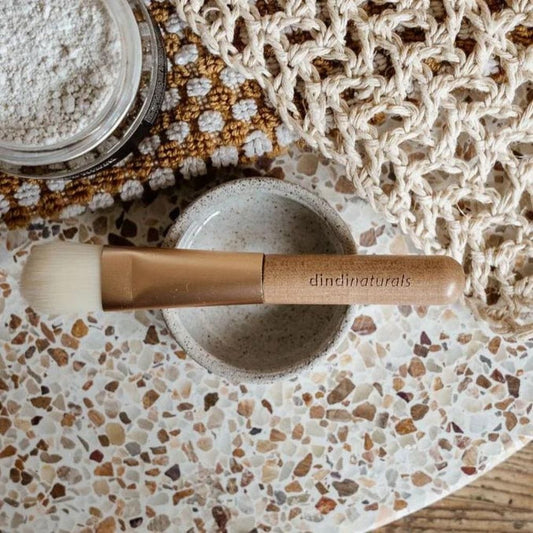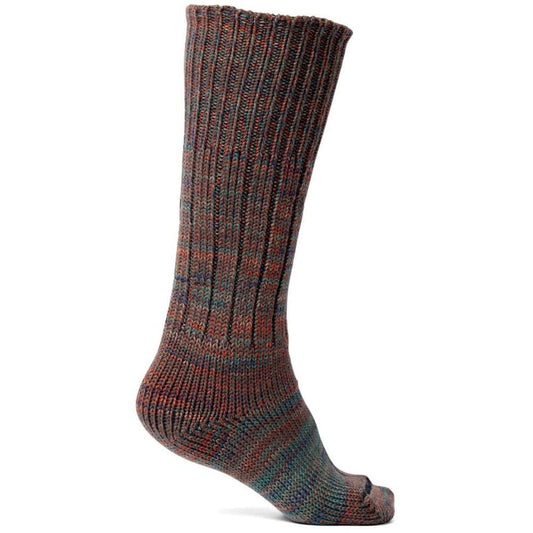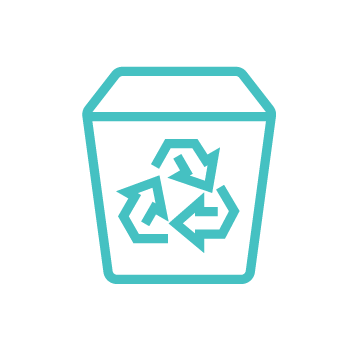Whether you live on acreage, in a suburban house or even an inner city apartment, you can easily start growing an edible garden and in no time at all be enjoying fresh organic produce. And now that spring has sprung, there couldn't be a more perfect time to get out there. Get your gloves on and start digging! Follow Amy's story of suburban gardening brought to you by the Biome Blog Program. Our blog program connects the Biome community. To write with us, go to the Green Living Guide and contact Tracey.
Edible gardens – how to start growing your own food today
 Now that the sun is shining again I feel super inspired to spend some time nurturing a happy little garden. There are few things more satisfying than harvesting produce from your backyard and having it whipped up into a dinner creation the same day. And I love simply popping outside to grab some lettuce for our lunch…what could be fresher than that? Growing edible plants is a great way to connect with your food and if you have children, then even better. It's easy to get caught in the trap of going to the shops and expecting the same produce all year round. Watching food grow from flower to fruit and acknowledging the evolving seasons are wonderful things to experience and important to share with your children. An important reason for growing your own food is that you know exactly what has (and has not) gone into it. If you grow without chemicals you know there is nothing dangerous lingering in your salad. But more than that, my personal experience of battling all manner of tiny insects in my treasured garden, has led to a deep sense of appreciation for organic food producers. Growing organically can be challenging, but the rewards for perseverance are definitely worth it. And honestly, I have found that learning to share is sometimes the best way to deal with pests! So where should you start? Well definitely start small (you don't want to suddenly have a dozen lettuces to eat all at once – and yes shamefully I'm speaking from experience) and always grow something that you actually enjoy eating. Some examples that are both nutritious and generally pretty easy to grow are: herbs, salad greens, rainbow chard and tomatoes. All of these can be grown in pots so the size of your growing space is not an issue. To find out what will grow in your geographical area at each time of year a seasonal planting guide is recommended. It is so convenient to pop down to your local garden centre or hardware store and pick up some seedlings, but if you have a little extra patience I encourage you to start from seed. It is really easy, SO much cheaper and kids will love it. I have found the plants to be stronger and more productive too. Either way you decide to go, look for heirloom, open pollenated varieties. These plants are considered heritage plants as they have not been altered through human intervention but rather have been pollenated environmentally, leading to natural variation over time. Purple carrots are a fairly well known example of a heritage vegetable (Thanks to Sustainable Gardening Australia!). For the next generation, let your plants go to seed at the end of their producing life. You can then collect the seed from the most productive plant, and that way, over time your garden's productivity and pest resistance improves naturally. By planting heirloom varieties you are also helping to maintain the diversity of our food, which can be your small contribution to a more sustainable world! I hope that I have provided you with a little inspiration to grow an edible garden. Yes, you might not be able to avoid the weekly shop anytime soon, but I guarantee you will feel proud as punch when you serve up your first garden salad from your very own garden. For more information http://www.sgaonline.org.au/heritage-veggies/
Now that the sun is shining again I feel super inspired to spend some time nurturing a happy little garden. There are few things more satisfying than harvesting produce from your backyard and having it whipped up into a dinner creation the same day. And I love simply popping outside to grab some lettuce for our lunch…what could be fresher than that? Growing edible plants is a great way to connect with your food and if you have children, then even better. It's easy to get caught in the trap of going to the shops and expecting the same produce all year round. Watching food grow from flower to fruit and acknowledging the evolving seasons are wonderful things to experience and important to share with your children. An important reason for growing your own food is that you know exactly what has (and has not) gone into it. If you grow without chemicals you know there is nothing dangerous lingering in your salad. But more than that, my personal experience of battling all manner of tiny insects in my treasured garden, has led to a deep sense of appreciation for organic food producers. Growing organically can be challenging, but the rewards for perseverance are definitely worth it. And honestly, I have found that learning to share is sometimes the best way to deal with pests! So where should you start? Well definitely start small (you don't want to suddenly have a dozen lettuces to eat all at once – and yes shamefully I'm speaking from experience) and always grow something that you actually enjoy eating. Some examples that are both nutritious and generally pretty easy to grow are: herbs, salad greens, rainbow chard and tomatoes. All of these can be grown in pots so the size of your growing space is not an issue. To find out what will grow in your geographical area at each time of year a seasonal planting guide is recommended. It is so convenient to pop down to your local garden centre or hardware store and pick up some seedlings, but if you have a little extra patience I encourage you to start from seed. It is really easy, SO much cheaper and kids will love it. I have found the plants to be stronger and more productive too. Either way you decide to go, look for heirloom, open pollenated varieties. These plants are considered heritage plants as they have not been altered through human intervention but rather have been pollenated environmentally, leading to natural variation over time. Purple carrots are a fairly well known example of a heritage vegetable (Thanks to Sustainable Gardening Australia!). For the next generation, let your plants go to seed at the end of their producing life. You can then collect the seed from the most productive plant, and that way, over time your garden's productivity and pest resistance improves naturally. By planting heirloom varieties you are also helping to maintain the diversity of our food, which can be your small contribution to a more sustainable world! I hope that I have provided you with a little inspiration to grow an edible garden. Yes, you might not be able to avoid the weekly shop anytime soon, but I guarantee you will feel proud as punch when you serve up your first garden salad from your very own garden. For more information http://www.sgaonline.org.au/heritage-veggies/
